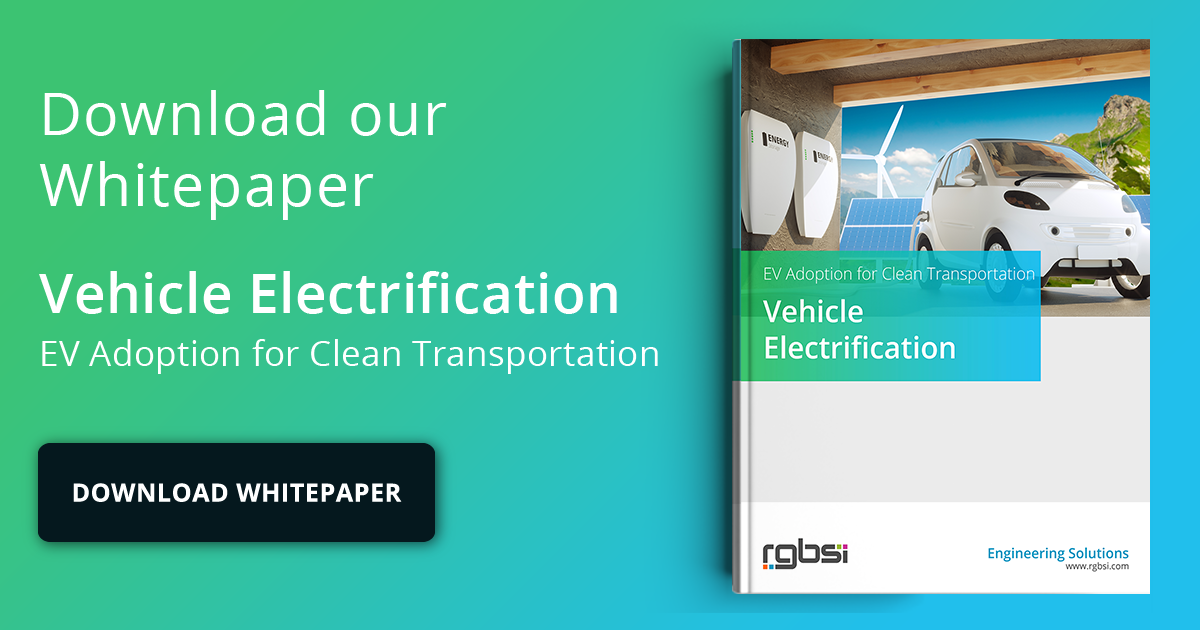
As the need for efficient and sustainable transport rises, smart transportation products are changing how we navigate our cities and highways. Intelligent transportation systems (ITS), advanced driver assistance systems (ADAS) cameras, driver monitoring systems (DMS) cameras, advanced telematics, and IoT & Industry 4.0 solutions are at the forefront of this transformation.
These technologies are not just changing the way we travel; they are enhancing safety and promoting sustainability. Let’s explore how these innovations are shaping the future of mobility.
Intelligent Transportation Systems (ITS): Streamlining Traffic Management
Intelligent transportation systems (ITS) are front and center of modernizing urban mobility. By integrating advanced communication technologies and data analytics, ITS enhances traffic management, reduces congestion, and improves road safety. These systems utilize sensors, cameras, and data from various sources to monitor traffic flow, detect incidents, and modify traffic signals in real-time. For instance, adaptive traffic signal control systems adjust the timing of traffic lights based on current conditions, reducing wait times and fuel consumption.
Moreover, ITS improves public transportation management. Real-time tracking of buses and trains, coupled with predictive analytics, helps transit authorities provide accurate arrival times and optimize routes. This not only increases the efficiency of public transportation but also encourages more people to use it, reducing the number of vehicles on the road.
Learn more about intelligent transportation systems (ITS)
ADAS and DMS Cameras: Enhancing Vehicle Safety
Advanced driver assistance systems (ADAS) and driver monitoring systems (DMS) cameras are crucial for vehicle safety. ADAS cameras assist drivers with features such as lane departure warnings, adaptive cruise control, and automatic emergency braking. These systems use high-resolution cameras and sensors to detect obstacles, pedestrians, and other vehicles, significantly reducing the likelihood of accidents.
DMS cameras focus on the driver, monitoring attention and fatigue levels. They issue alerts if signs of drowsiness or distraction are detected, helping prevent accidents caused by human error. The integration of ADAS and DMS technologies is paving the way for semi-autonomous and fully autonomous vehicles, promising a future with drastically fewer road accidents.
Learn more about ADAS and DMS cameras
Advanced Telematics: Optimizing Fleet Management
Advanced telematics is transforming fleet management by providing real-time data on vehicle location, speed, and condition. This technology allows fleet operators to monitor their vehicles remotely, optimize routes, and schedule maintenance proactively. By analyzing telematics data, companies can reduce fuel consumption, improve driver behavior, and enhance overall operational efficiency.
For instance, telematics can identify patterns in driver behavior, such as harsh braking or rapid acceleration, allowing fleet managers to implement training programs that promote safer and more efficient driving. Additionally, predictive maintenance powered by telematics data helps prevent breakdowns and extends vehicle lifespan, reducing costs and downtime.
Learn more about advanced telematics for fleet management
IoT & Industry 4.0: Creating Connected Transportation Ecosystems
The Internet of Things (IoT) and Industry 4.0 are driving the creation of connected transportation ecosystems. IoT devices collect and exchange data across vehicles, infrastructure, and control systems, enabling a seamless flow of information. This connectivity enhances everything from traffic management to vehicle maintenance and passenger safety.
For example, IoT sensors embedded in roads and bridges can monitor structural health and provide real-time data to maintenance crews, ensuring timely repairs and preventing accidents. In public transportation, IoT solutions offer passengers real-time updates on transit schedules and vehicle locations, improving the overall travel experience.
Industry 4.0 technologies, such as artificial intelligence (AI) and machine learning, further enhance these capabilities by analyzing vast amounts of data to predict traffic patterns, improve logistics, and manage energy consumption in electric vehicles. The combination of IoT and Industry 4.0 is creating a smarter, more responsive transportation network that adapts to the needs of its users.
Learn more about IoT and Industry 4.0 systems
Sustainability: A Key Benefit of Smart Transportation
One of the most significant advantages of smart transportation products is their contribution to sustainability. By optimizing traffic flow, reducing idle times, and improving vehicle efficiency, these technologies help lower greenhouse gas emissions and fuel consumption. Electric and autonomous vehicles, supported by smart infrastructure, further reduce the environmental impact of transportation.
Moreover, the shift towards connected and automated transportation systems encourages the use of public transit and shared mobility solutions, reducing the overall number of vehicles on the road. This not only alleviates traffic congestion but also leads to cleaner, quieter, and more livable urban environments.
Learn more about sustainability and transportation
Conclusion
Smart transportation products are changing the way we move, making our cities safer, more efficient, and sustainable. From intelligent transportation systems and advanced driver assistance to telematics and IoT, these technologies are shaping the future of mobility. As we continue to integrate these innovations into our transportation networks, we can look forward to a future where travel is not only smarter and safer but also more environmentally friendly.
About RGBSI
At RGBSI, we help clients enhance performance, adopt innovation, and access global resources through strategic partnerships.
RGBSI's Smart Transportation Products
We offer a range of hardware products designed to enhance efficiency, safety, and connectivity across the transportation sector.
- Acoustic Vehicle Alerting System (AVAS): enhance pedestrian and cyclist safety by generating vehicle sounds at low speeds, tailored for electric and hybrid vehicles.
- Intelligent Controller Unit: centralize control and monitoring for fleet management with real-time data on vehicle health, location, and driver performance.
- Bus Driver Console (BDC): enhance driver communication and efficiency with an intuitive, robust interface designed for challenging environments.
- Reverse Parking Assist System (RPAS): improve vehicle safety during reversing with a wide-angle camera and automatic activation, ensuring clear visibility even in low-light conditions.
- Container E-Lock: secure cargo with advanced electronic locks, offering real-time tracking, tamper alerts, and encrypted communications.
- Advanced Telematics System: optimize fleet routes, monitor vehicles remotely, and schedule maintenance with real-time data on vehicle location, speed, and condition.
- DMS Cameras: enhance road safety by monitoring driver behavior, detecting signs of fatigue and distraction, and issuing alerts to prevent accidents.
- ADAS Cameras: improve vehicle safety with lane departure warnings, adaptive cruise control, and automatic emergency braking.
Learn more about our products.











